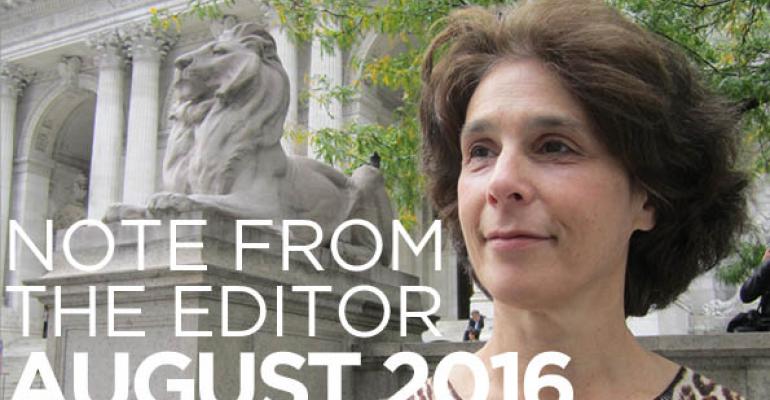Back in the 1980s, I used to watch a sitcom called “Family Ties.” Many of the laughs revolved around the relationship between a conservative, young Republican and Ronald Reagan fan (played by Michael J. Fox) and his liberal, ex-hippie parents. But, no matter their generational differences, the family always made up by the end of the episode, supporting each other through thick and thin, brought together by love (as its theme song “Without Us” suggests).
The theme of generational differences in a family is a timeless one, although the characteristics of each generation may swing back and forth. And, those differences have repercussions on estate planning for high-net-worth families, as well as the management of family offices. To complicate matters even further, the basic notion of who and what constitutes a “family” has changed over the years.
Our High-Net-Worth Families & Family Offices Committee Report attempts to shed some light on these ever-changing and complicated family dynamics. We may not be able to tie things up in a neat little bow (aided by love) at the end, but at least we can learn the issues these families face and help them navigate through them. For example, in “Millennials and the Family Office,” p. 29, Patricia M. Soldano and Lauren Benenati explore how intergenerational wealth transfers to those born between 1982 and 2004 pose significant challenges for the family office. Also, “Planning Considerations for the Post-Nuclear Family,” p. 17, by Bobbi J. Bierhals and Kim Kamin, discusses how evolving social norms and new technological advances over the past 40 years have challenged traditional notions of family and the dynamics among family members. And, for those counseling families that want to keep going for 100 years or more, “Succeeding Against All Odds,” p. 25, by Dr. Dennis T. Jaffe provides a road map based on his study of successful families.


